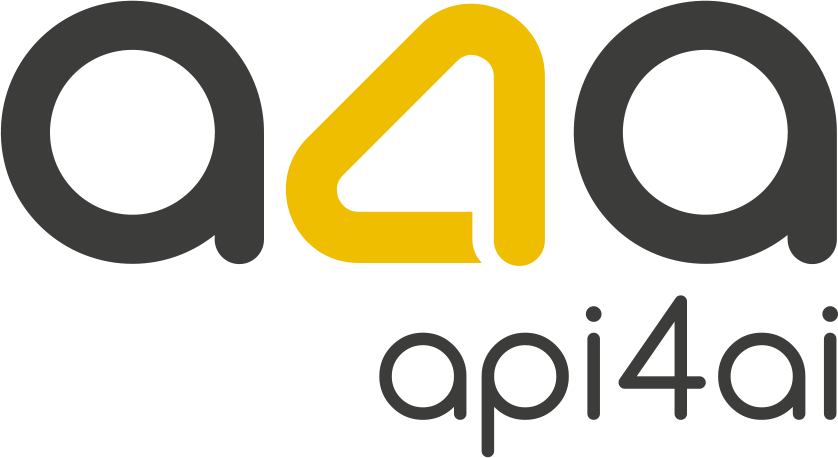
Hyperautomation: OCR as the Starting Line
In 2025, hyperautomation has become the defining enterprise trend, uniting AI, RPA, and intelligent workflows into a single strategy for efficiency and growth. Yet the unsung hero of this transformation is Optical Character Recognition (OCR). By converting invoices, receipts, contracts, and forms into structured, machine-readable data, OCR provides the foundation for end-to-end automation. For C-level leaders, it is the quiet enabler that reduces costs, minimizes errors, strengthens compliance, and frees employees for higher-value work. Hyperautomation begins here—and OCR is the starting line.

Visual Intelligence: How Brands Win in Short-Form Video Feeds
In the age of TikTok, Instagram Reels, and YouTube Shorts, attention has become the scarcest commodity. Brands have only seconds to make an impression, and in these fleeting moments, logos and visual cues matter more than words. This blog explores how visual intelligence — powered by AI-driven logo recognition — gives executives a new way to measure and strengthen their brand’s presence in short-form video feeds. By tracking “visual share-of-voice,” leaders can benchmark against competitors, validate campaign ROI, and align with rising search trends, transforming chaotic scrolls into actionable insights and lasting advantage.
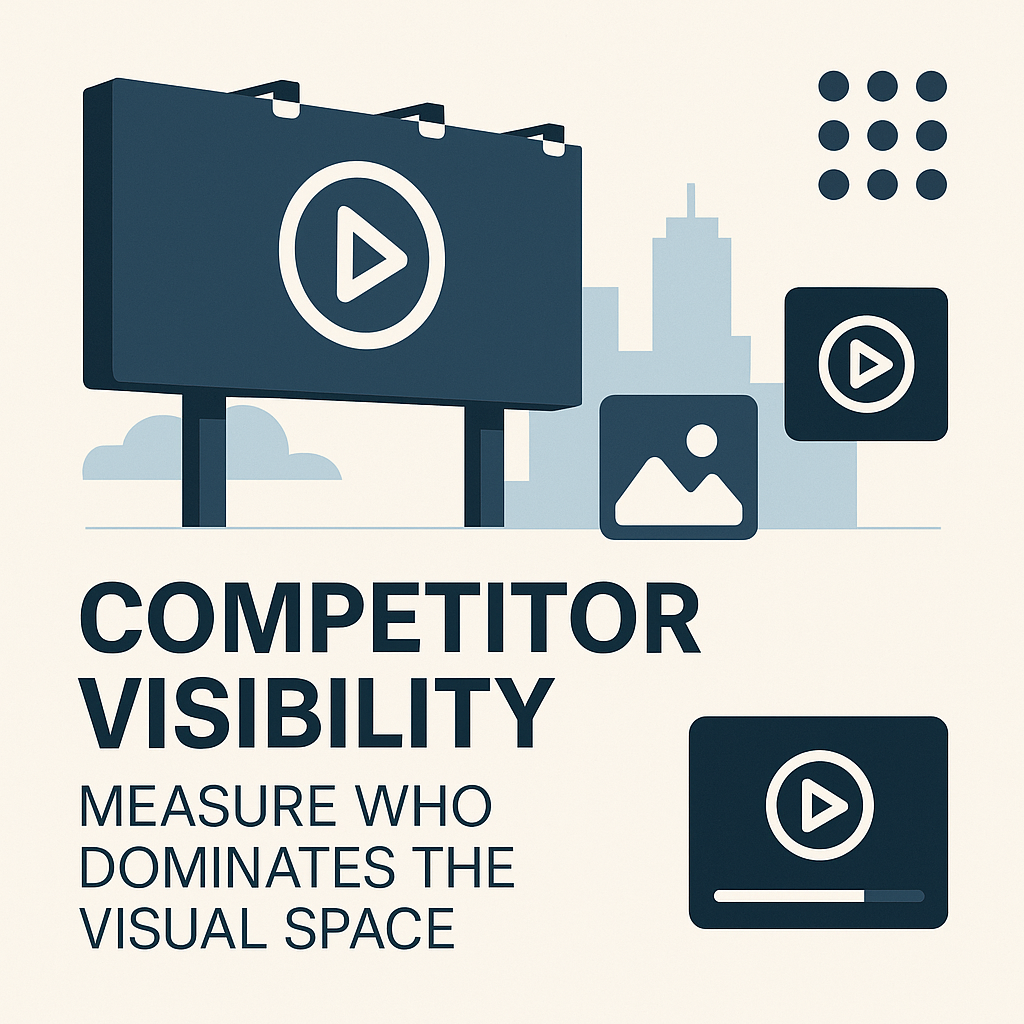
Competitor Visibility: Measure Who Dominates the Visual Space
Most companies measure competitor activity through text — mentions in articles, posts, or reports. But in today’s visual-first world, that approach misses a critical layer: what audiences actually see. Logos on stadium banners, product placements in livestreams, and brand appearances in fan photos often go untagged, yet they shape perception and recall more than words ever could.
This blog explores how executives can close that gap with visual intelligence. By tracking Visual Share of Voice — the frequency and prominence of brand logos across images and video — leaders gain quantifiable metrics to validate sponsorship ROI, benchmark competitors, and manage reputational risks. With tools like brand recognition APIs, organizations can move beyond guesswork and anchor boardroom decisions in evidence.
In a marketplace where visibility drives influence, the brands that measure what’s truly seen — not just what’s written — will hold the competitive edge.

Creative Alchemy: AI Sorts by Brand, Fast
In influencer marketing and brand partnerships, creative teams face an unexpected bottleneck: the hours lost manually sorting photos to see where logos, products, or merchandise appear. What should be a quick review often turns into days of repetitive work — slowing reporting, draining creative energy, and limiting campaign agility.
Artificial intelligence changes the game. With AI-powered brand detection, logos and products are automatically identified across thousands of images, even when partially obscured or captured in less-than-perfect conditions. Campaign assets are instantly tagged, searchable, and ready for analysis — freeing teams to focus on strategy and storytelling instead of file names and folders.
For executives, the value extends beyond efficiency. Faster content processing fuels stronger reporting, enables real-time campaign pivots, and boosts discoverability in both search engines and emerging generative platforms. In short, AI transforms routine image management into a source of strategic advantage — unlocking what we call creative alchemy.
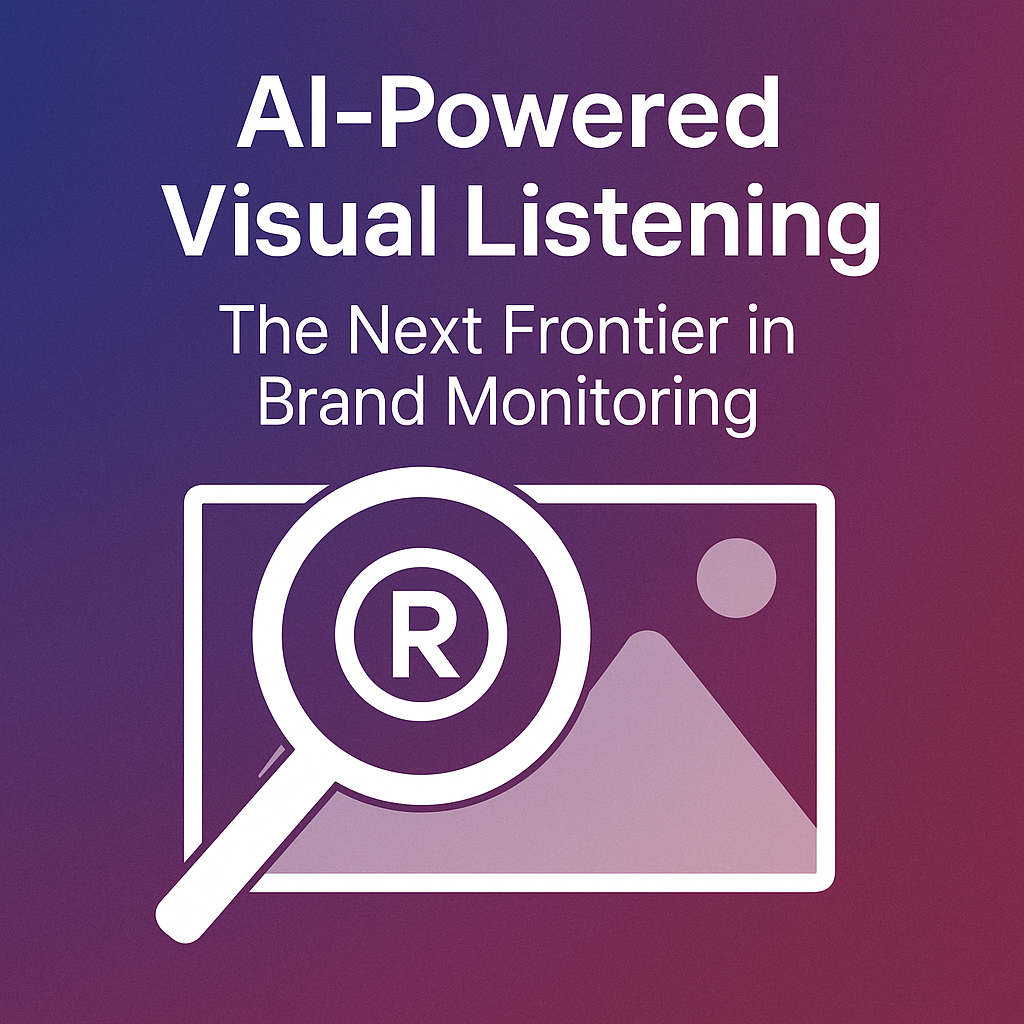
AI-Powered Visual Listening: The Next Frontier in Brand Monitoring
Traditional brand monitoring tools focus on text — hashtags, captions, and mentions — but today’s audiences communicate visually. From event photos and livestreams to TikToks and news broadcasts, the majority of brand exposure happens without a single word attached. These silent impressions create a massive blind spot in how enterprises measure marketing ROI, sponsorship value, and brand safety.
AI-powered visual listening fills this gap. By using logo detection and computer vision, businesses can uncover hidden visibility, calculate true visual share of voice, and gain competitive intelligence previously out of reach. For executives, this shift represents more than a technology upgrade — it is a strategic imperative to align brand monitoring with the way consumers actually experience brands: through images, videos, and pixels, not text.
Quantifying Sponsorship ROI with Visual Brand Tracking
Traditional sponsorship metrics — viewer counts and impression estimates — leave executives guessing about real impact. Visual brand tracking changes the equation by measuring exactly how long, how prominently, and how often a logo appears across broadcasts and fan-generated content. For the first time, sponsorship ROI can be quantified in seconds of exposure and translated into clear financial value. This evidence-driven approach empowers C-level leaders to negotiate smarter deals, reallocate budgets strategically, and benchmark competitor visibility with confidence. In an era where every second of attention matters, visual tracking transforms sponsorships from an unmeasurable promise into a performance-driven investment.
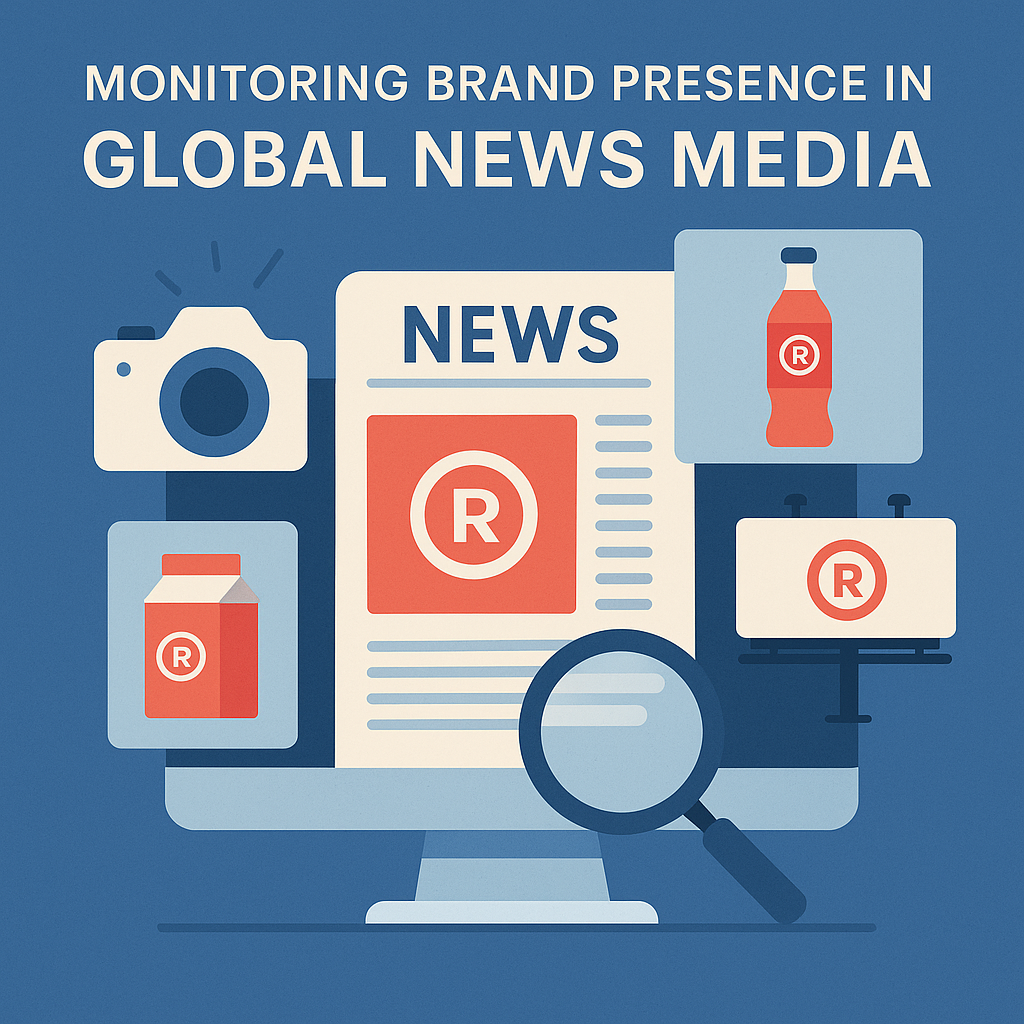
Monitoring Brand Presence in Global News Media
In today’s media landscape, brand visibility goes far beyond written mentions. News outlets worldwide are publishing images where products, packaging, and logos appear prominently — yet remain invisible to traditional text-based monitoring tools. For executives, this creates both opportunity and risk: moments of global exposure may strengthen reputation, while negative associations may circulate undetected.
This blog explores how visual monitoring, powered by AI-driven logo detection, is transforming media intelligence. By moving beyond keywords and embracing image analysis, leaders can gain a complete view of brand presence, benchmark against competitors, prove ROI on sponsorships, and manage reputation with greater precision. The result is a new standard for media monitoring — one that measures not only what is said, but also how the brand is seen across the world.
Tracking Brand Mentions in Fan Photography
In stadiums, arenas, and concert halls, the real reach of sponsorships is often captured by the crowd, not the official camera crew. Fan-shot images circulate instantly through social media, private groups, and niche communities — carrying brand logos into spaces traditional tracking never measures. By applying AI-powered visual recognition to this organic content, sponsors can uncover hidden impressions, quantify post-event visual reach, and gain a competitive edge in negotiations. In an era where authenticity drives engagement, fan photography isn’t just a byproduct of events — it’s a strategic data source that can transform sponsorship ROI.
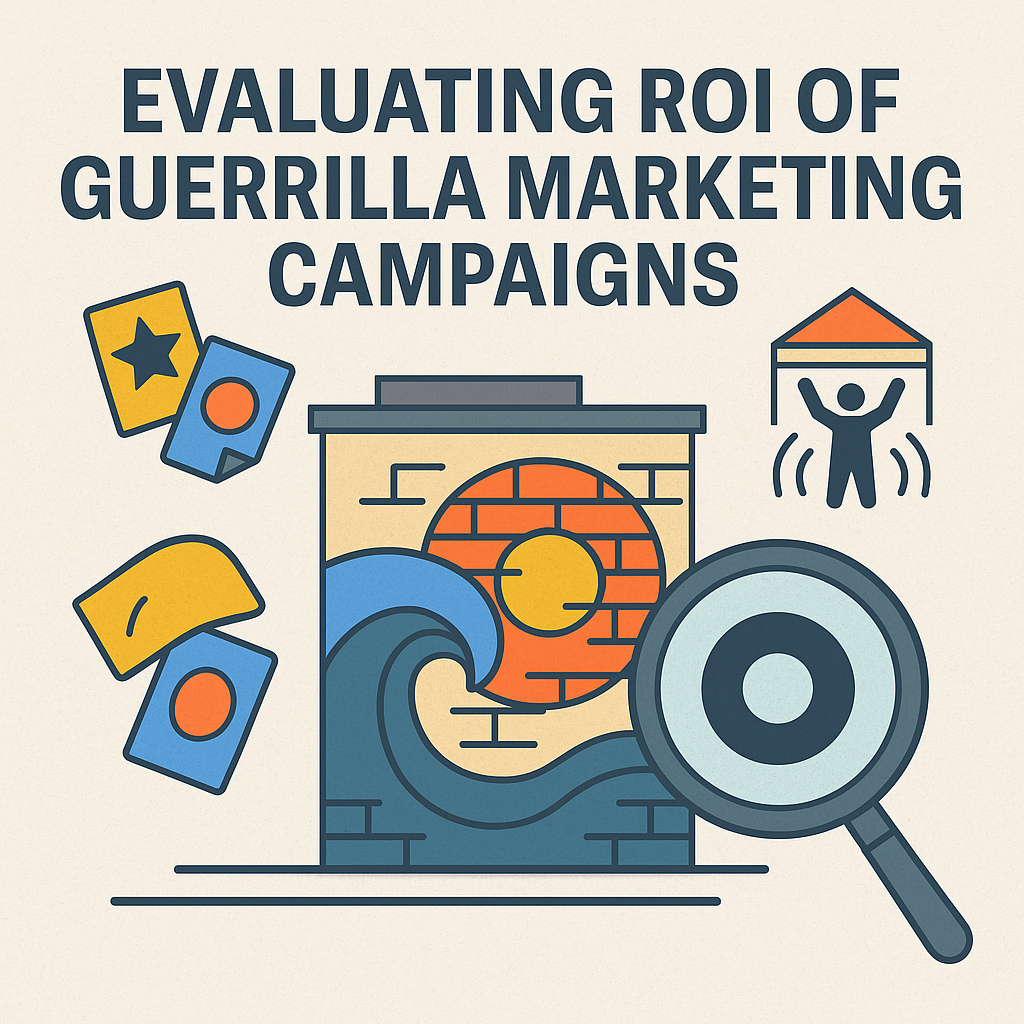
Evaluating ROI of Guerrilla Marketing Campaigns
Guerrilla marketing can grab headlines and capture imaginations — but without hard data, its true impact often goes unrecognized. From murals to sticker campaigns, street-level activations leave a rich trail of public imagery that, with AI-powered logo recognition, can be transformed into measurable ROI. By analyzing user-generated content and local media photos, brands can quantify earned impressions, track geographic spread, and identify the creative elements that resonate most. The result: unconventional campaigns that not only turn heads but also earn their place in the budget.
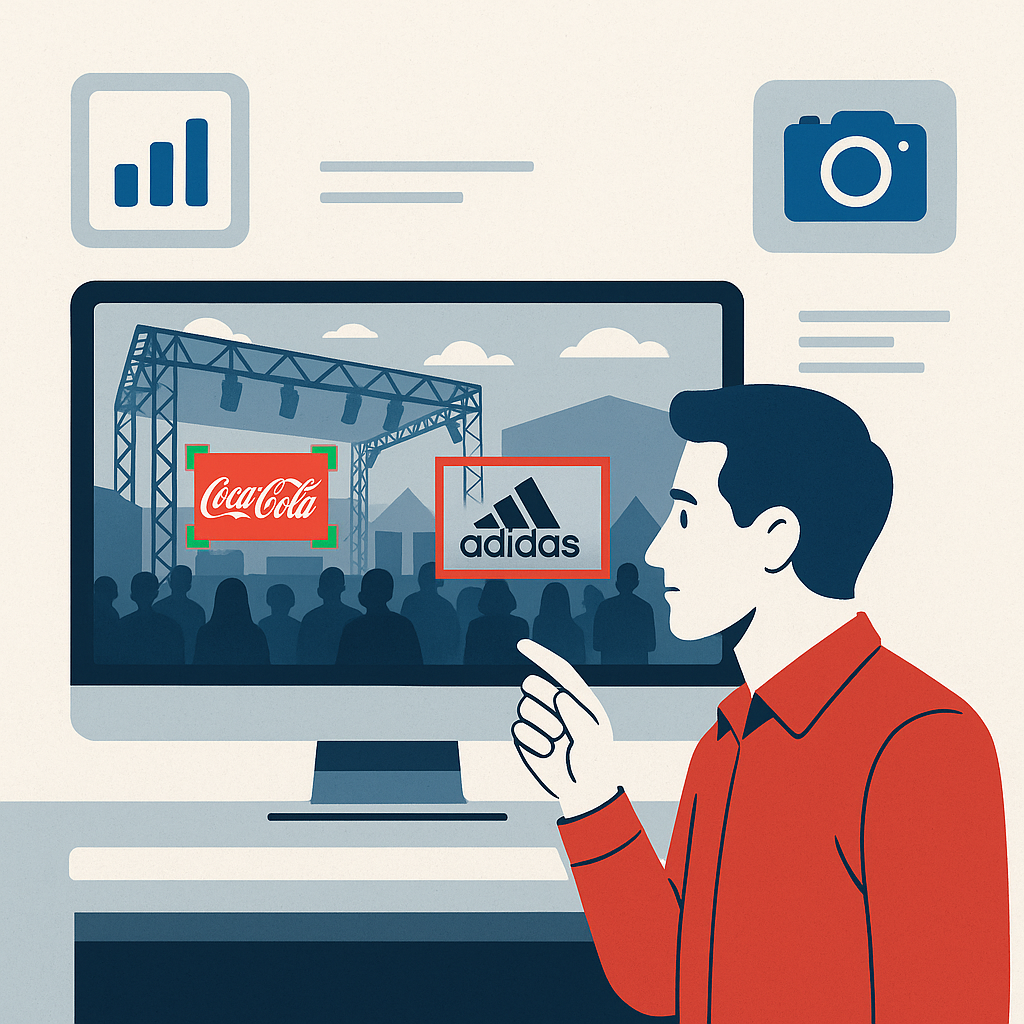
Analyzing Competitor Presence in Event Footage
In the crowded arena of trade shows, festivals, and corporate events, every logo in a photo or livestream is a silent competitor for audience attention. While traditional metrics capture mentions and clicks, they often miss the real battleground — the share of visual attention. Advances in AI-powered brand recognition now make it possible to track, quantify, and compare how often your competitors’ logos appear alongside yours, turning event footage into actionable competitive intelligence. The brands that measure and act on these insights will secure more than just presence — they’ll dominate the frame.

Measuring Brand Visibility in Esports Streams
In esports, sponsorship success isn’t about where your logo sits — it’s about when and how often it’s seen in the heat of the match. Fast camera cuts, shifting player views, and unpredictable gameplay make traditional exposure estimates unreliable. AI-powered logo detection changes the game, delivering frame-by-frame visibility metrics across every stream and platform. For executives, this turns sponsorship from a gamble into a measurable asset — one that strengthens negotiation power, optimizes placement strategy, and maximizes ROI in one of the world’s fastest-growing entertainment markets.

Sharper Inspections & Appraisals: Focus on the Vehicle
Messy lots, glare, and inconsistent angles turn vehicle photos into arguments. This post shows how background removal for cars — paired with guided angles and zero-retouching automation — converts everyday shots into decision-grade evidence. The result: faster appraisals and claims, fewer disputes at rental turnbacks, tighter price bands across rooftops, and an audit trail legal can defend. You’ll see a pragmatic pipeline (capture guidance → vehicle-aware background isolation → panel crops → VIN/plate OCR → anonymization → like-for-like comparison) and a delivery playbook that balances speed and control. Start small with ready-to-use APIs — e.g., API4AI’s Car Image Background Removal API, plus OCR, object detection, and image anonymization — and blend in custom models where your taxonomy becomes a moat. For C-level leaders, the promise is straightforward: standardize inputs, compress cycle times, reduce leakage, and scale consistent decisions without adding headcount. Put the vehicle — not the background — on trial.

Omnichannel Consistency: Web, App, Print—Same Look
Omnichannel consistency doesn’t require more meetings — it requires a better operating model. This post shows how a single, approved master image can become every downstream asset — thumbnails, hero banners, app tiles, partner feeds, and print-ready brochures — with zero manual retouching. By encoding brand rules into templates and enforcing them with vision APIs (background removal, focal guidance, logo/brand checks, OCR for legibility, NSFW and privacy controls), companies get the same look everywhere while cutting cycle time and rework.
For executives, the outcomes are concrete: faster time-to-publish, fewer sales–design revisions, a flatter cost curve per 1,000 assets, and built-in compliance for regulated categories. Practical examples include automotive imagery standardized via a Car Image Background Removal API, then auto-rendered across web, app, and print. You’ll get a plain-English pipeline map, a KPI scorecard to prove ROI, and a clear build-buy-blend decision framework — leveraging ready-to-go image processing APIs (e.g., Background Removal, OCR, Brand/Logo Recognition, Image Anonymization) and adding custom development only where it moves the numbers. Start with a 30-day pilot; scale once the metrics speak.

Creative Ops, Unblocked: Drop Cars into Any Template
Seasonal promos, regional incentives, and fast-moving social trends demand hundreds of automotive ad variants — yet manual retouching and agency loops stall speed, inflate costs, and invite risk. This post outlines a new model: isolate the vehicle once and programmatically drop it into brand-approved templates for web, social, DOOH, and email. Powered by car-specific background removal (e.g., a Car Image Background Removal API), plus OCR, anonymization, and brand/logo checks, creative becomes assembly — not craft. The payoff for leaders: compressed time-to-market, lower cost per variant, consistent quality, and compliance baked in. You’ll get a reference architecture that fits your DAM and adtech, guardrails that make the “right” output the default, and a crawl→walk→run playbook — including buy vs. build vs. blend — to scale seasonal and geo-targeted campaigns with evidence, not opinion. Turn creative ops into a governed, API-driven growth engine.

Dealership Photos That Convert: Clean Backgrounds Win
Cluttered lot photos cost dealerships clicks, leads, and sales. Clean, consistent backgrounds transform vehicle images into premium, “studio look” assets that command buyer attention, boost SRP-to-VDP click-through rates, and accelerate inventory turnover. With AI-powered tools like Car Image Background Removal, this standard can be achieved at scale — without the expense of physical studios — turning every listing into a brand-strengthening, revenue-driving asset.
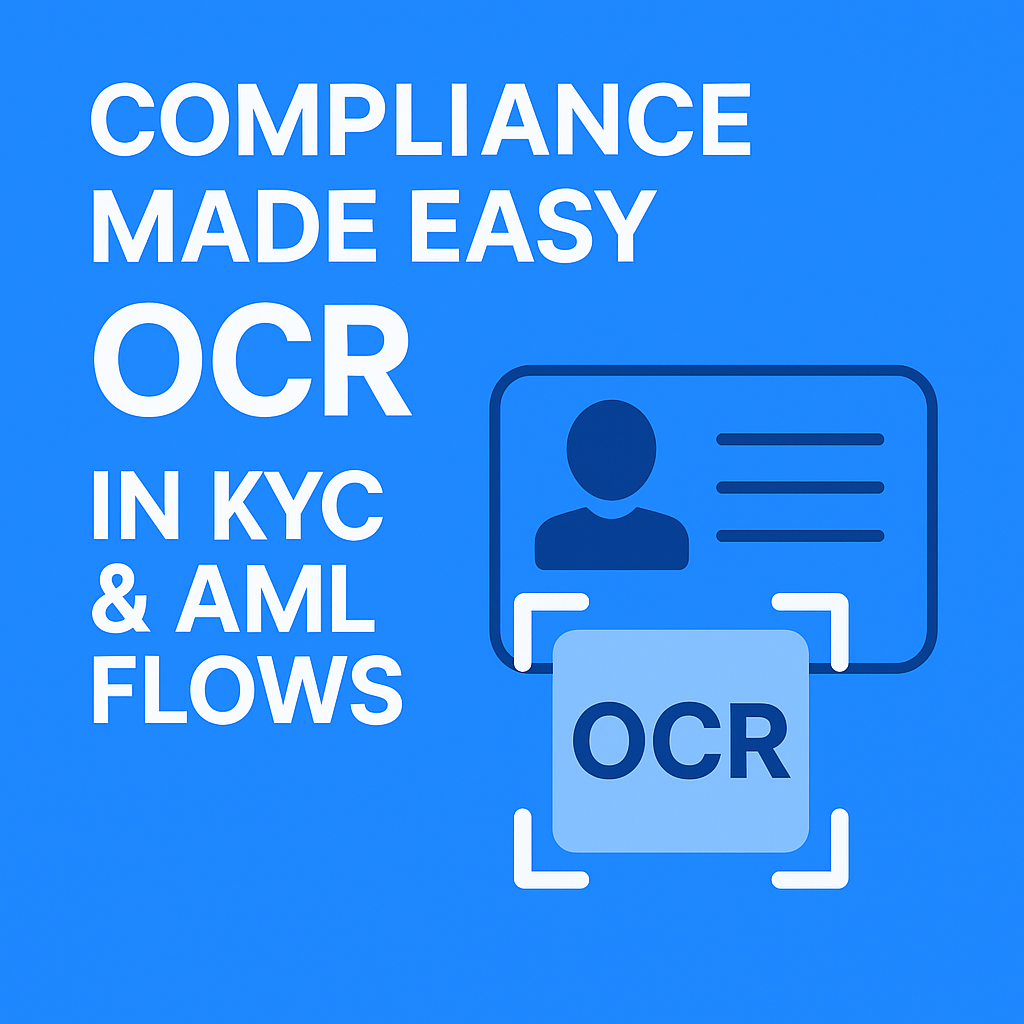
Compliance Made Easy: OCR in KYC & AML Flows
Regulatory pressure is rising — and manual document handling simply can’t keep up. From blurry ID scans to inconsistent data entry, the smallest errors in KYC and AML workflows can create massive compliance headaches. AI-powered OCR transforms this weak link into a strategic asset by instantly converting unstructured documents into clean, audit-ready data. This post explores how forward-thinking financial institutions are using OCR to reduce onboarding friction, cut operational costs, and build real-time, scalable compliance pipelines.
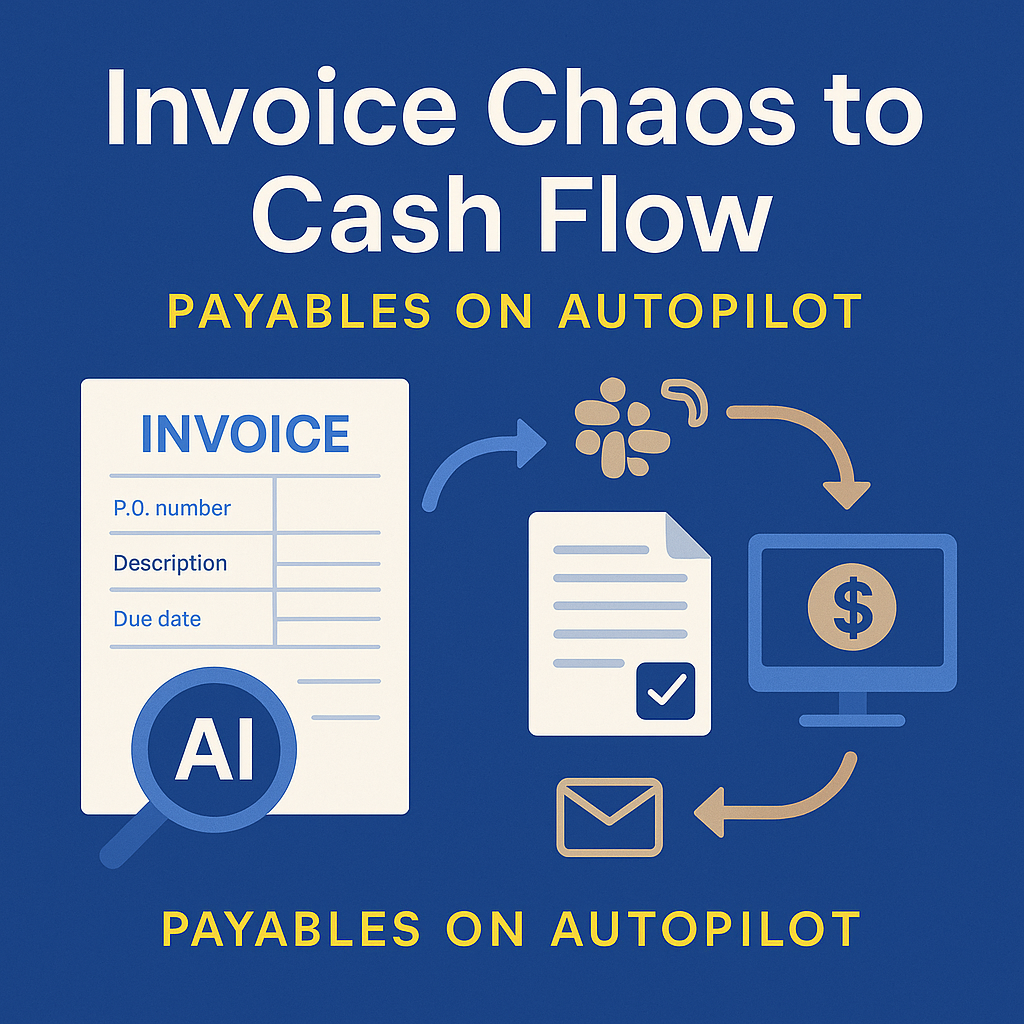
Invoice Chaos to Cash Flow: Payables on Autopilot
Manual invoice processing is more than a back-office burden — it’s a silent drain on cash flow, efficiency, and strategic visibility. This post explores how AI-powered OCR and automated workflows can transform accounts payable from a chaotic, error-prone function into a real-time, touchless system. Discover how finance leaders are cutting costs, capturing early-payment discounts, and gaining complete control over spend — without reinventing their tech stack.

30-Second Onboarding: IDs to CRM Automatically
In the era of digital impatience, onboarding isn’t just a UX concern — it’s a C-level priority. This post explores how AI-powered document processing can turn a photo of a passport or utility bill into a verified CRM record in under 30 seconds. The result? Lower CAC, faster revenue recognition, and a frictionless first impression that sets the tone for long-term customer value.
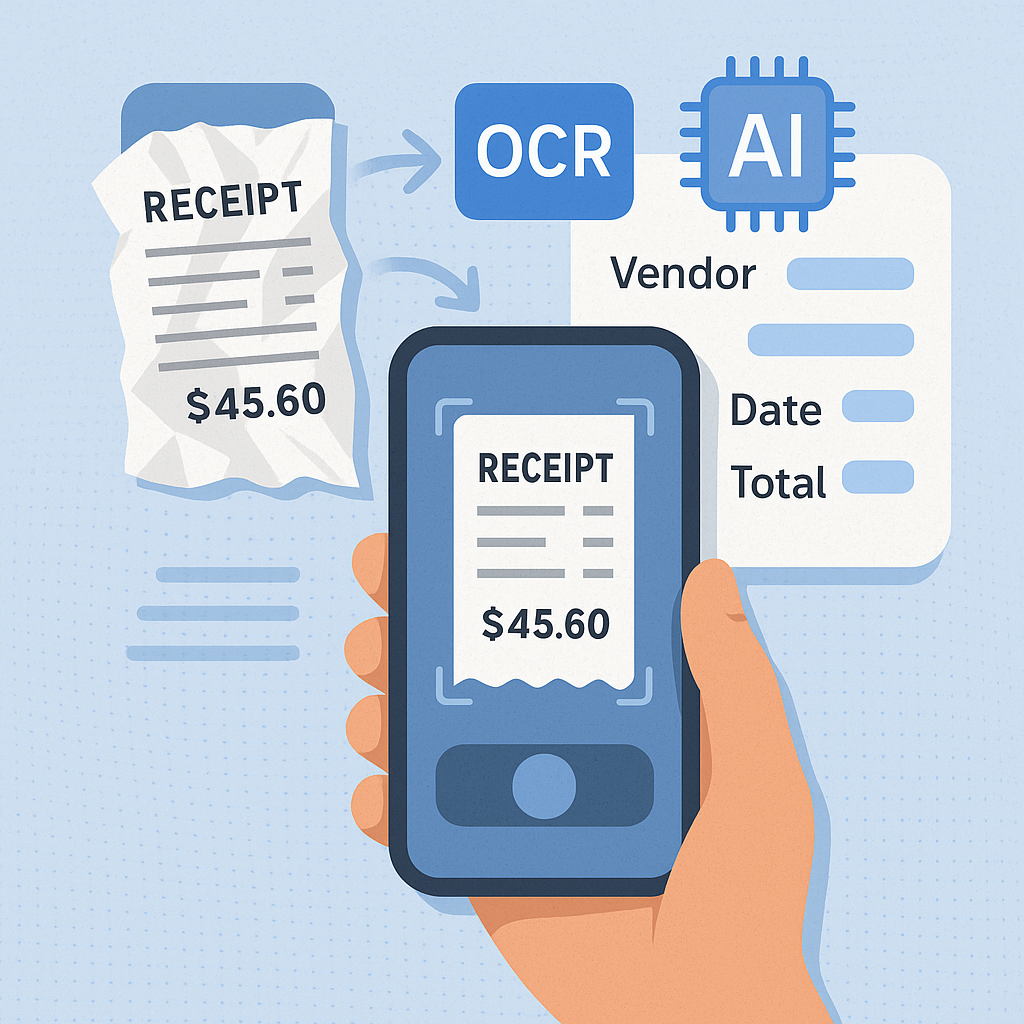
Expense Reports: Turning Receipts into Data
In a world where finance leaders demand speed, visibility, and control, manual expense reports are still slowing everyone down. But with modern AI-powered OCR, receipts can be transformed into structured data in seconds — no spreadsheets, no delays. This blog explores how forward-thinking organizations are using automation to unlock real-time insights, enforce compliance, detect fraud, and turn expense reporting into a strategic asset, not a back-office burden.

Logo Heatmaps: Pinpointing Viewer Focus in Ads
Executives don’t need another vanity metric; they need proof that every marketing dollar buys real attention. Logo heatmaps provide that proof. By overlaying computer-vision–generated “attention contours” onto your ads, you’ll see — down to the pixel — where viewers lock eyes first and whether your brand mark makes the cut. Early adopters have boosted aided recall by up to 15 percent without increasing media spend, simply by nudging their logos into verified hot zones. Powered by ready-to-go services such as a Brand Recognition API — or a custom stack when strategic IP matters — heatmaps turn creative tweaks into measurable P&L gains.
